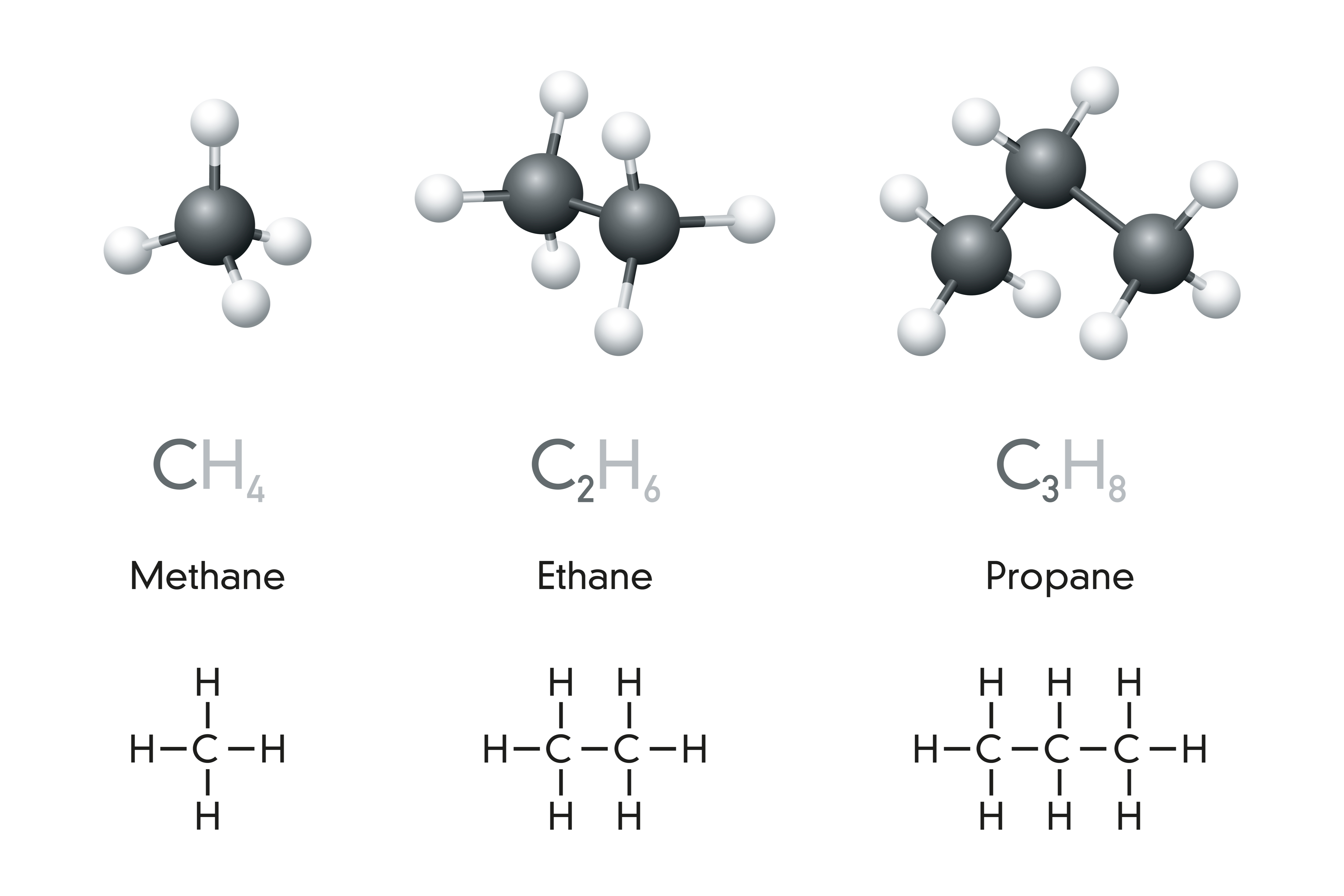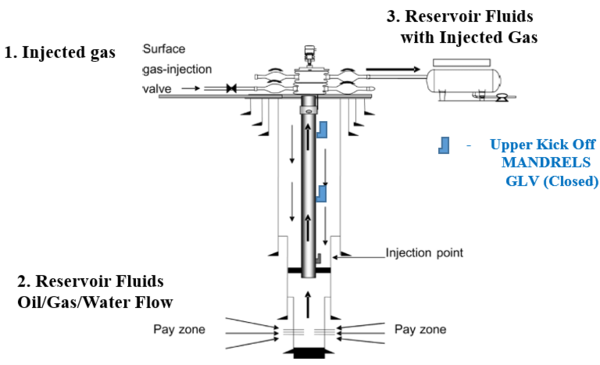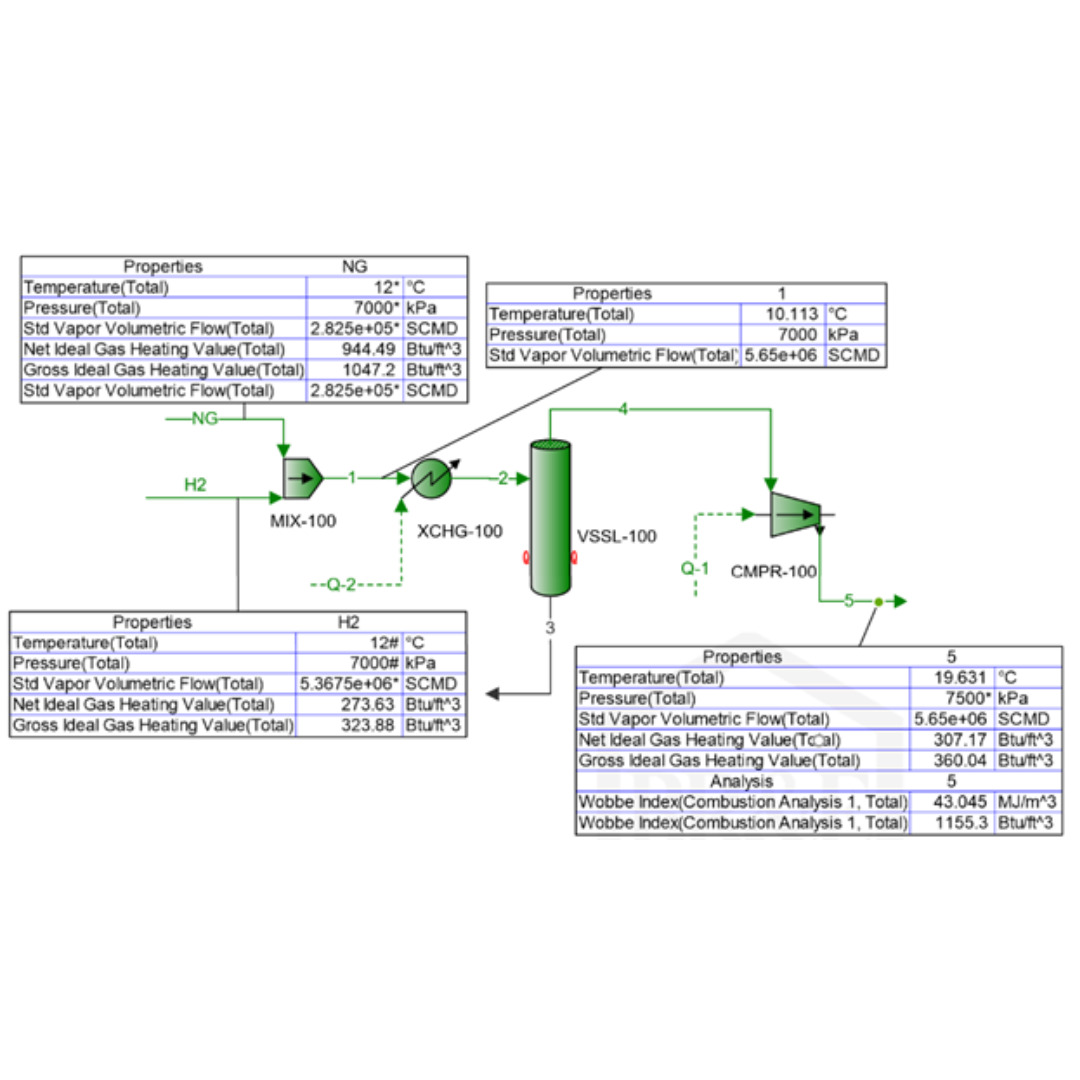
Two simple empirical correlations and a corresponding states method reported in the literature are used to estimate pure liquids surface tensions for the paraffins methane through n-octane. The two correlations express the surface tension as a function of the reduced temperature and molecular weight with only two (first correlation) and four (second correlation) fitted parameters. These correlations and the smoothed experimental data were used to generate three figures for methane through n-octane and a few heavy ends with known molecular weights. The fitted parameters for these figures will be presented. To evaluate the accuracy of the two correlations, the corresponding states method by Zuo and Stenby was used to estimate the liquid n-heptane surface tension at several temperatures. The estimated surface tension values were compared with the results by the two correlations against the experimental values. The summary of error analysis indicates that the accuracy of the generated figures and the two correlations are good and can be used for facilities calculations. Because of the simplicities and ease of calculations, the two correlations are suitable for hand calculations. While the calculations by Zuo and Stenby method can be done by hand, it is more convenient with spreadsheets. In a follow-up tip, the methods for estimation of surface tension for the paraffin liquid mixtures will be presented. [Keep reading]






